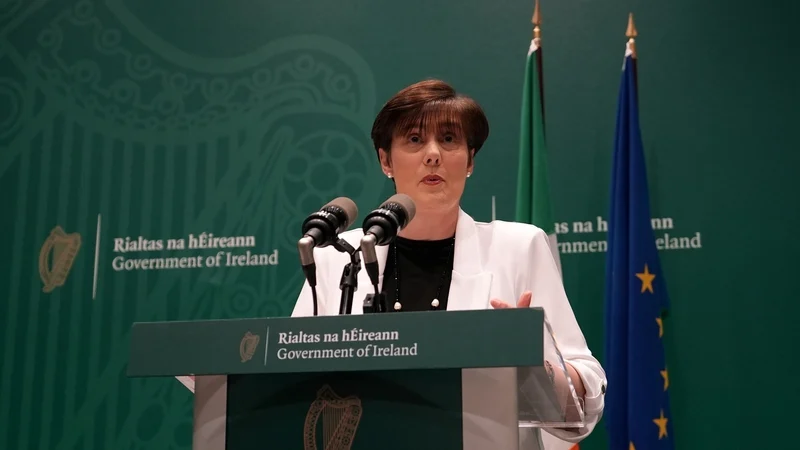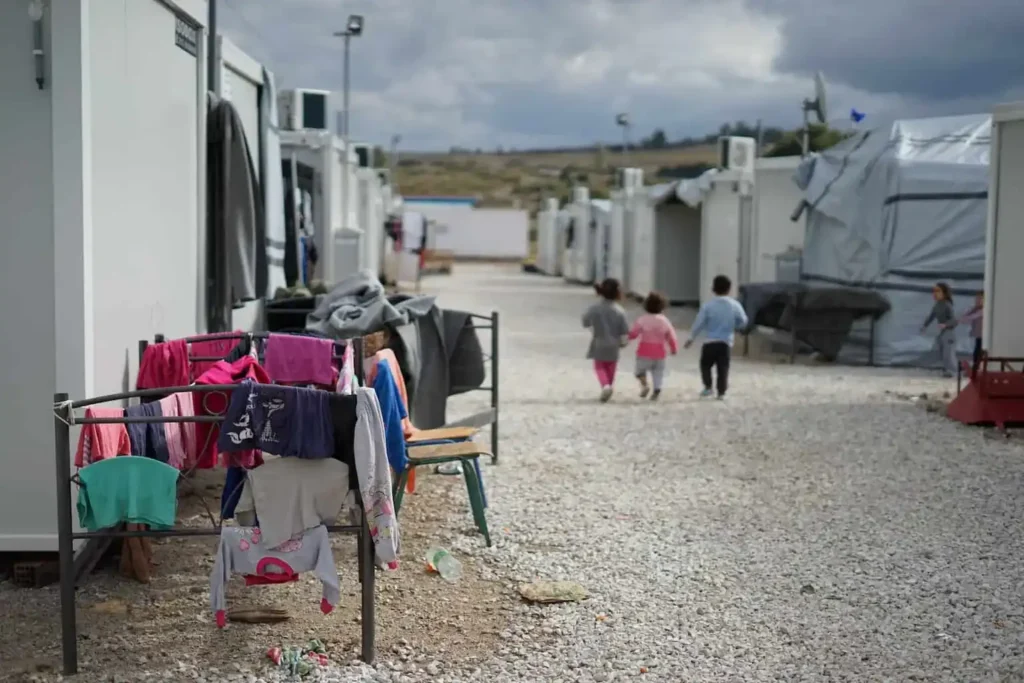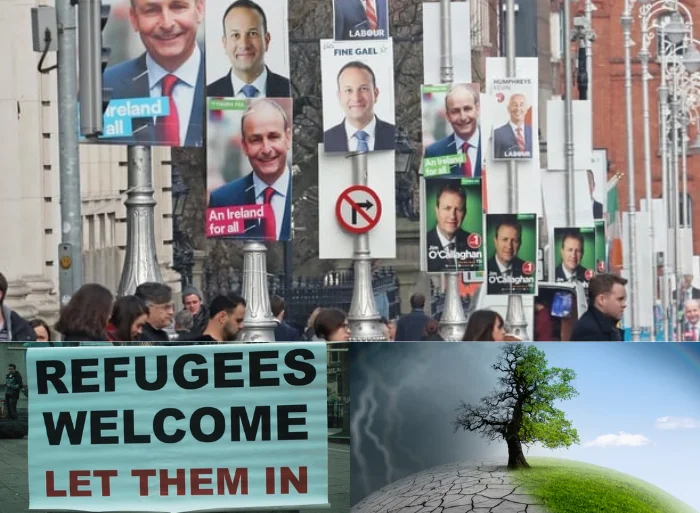Irish Flag Meaning: The Story Behind Ireland’s Tricolor
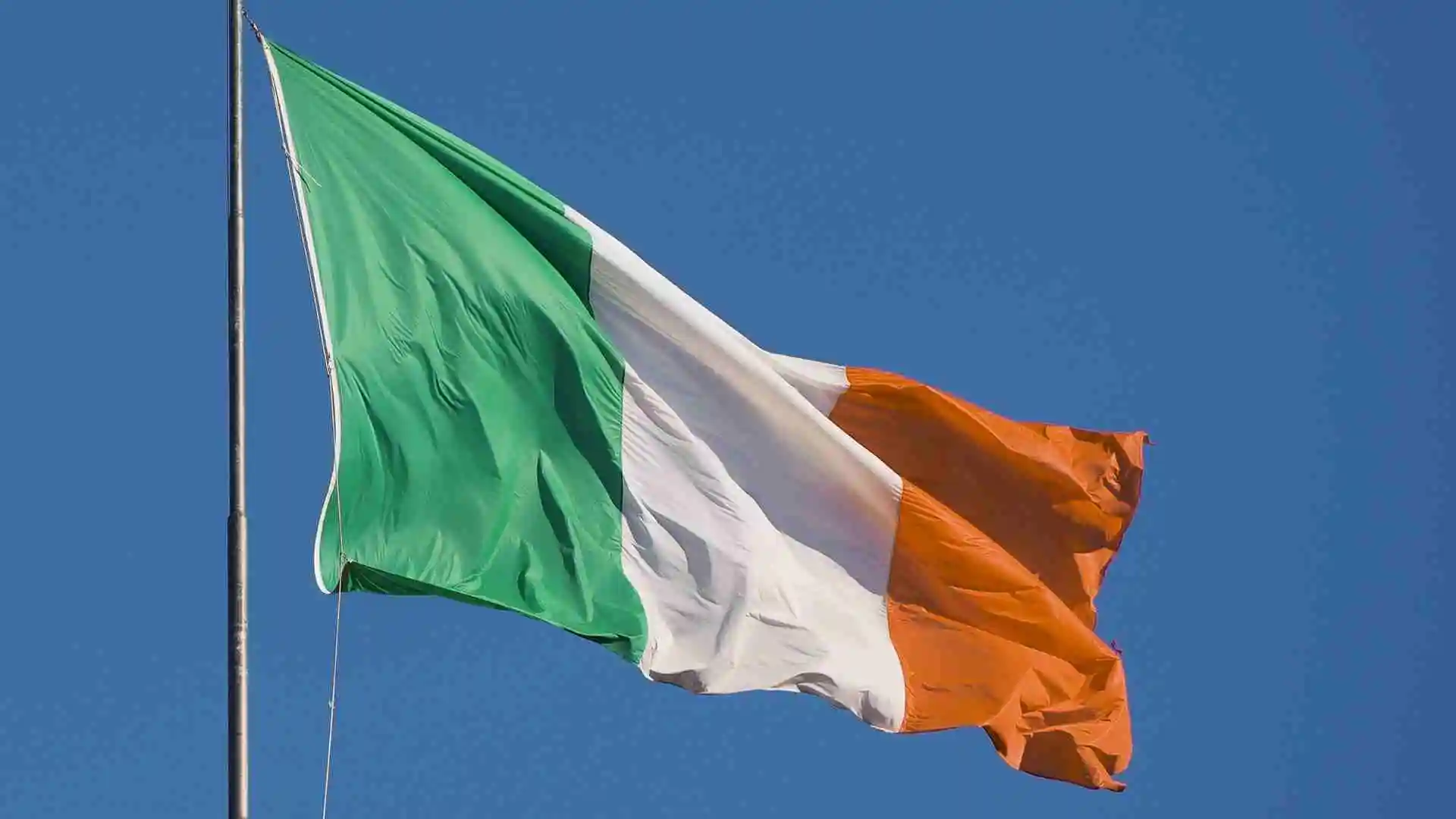
Flags are not just simply pieces of fabric. They are symbols holding deep meaning. The Irish flag is no different. It reflects the story, pain and hope of a nation. In this article, we will look at the Irish flag meaning, its colours, and the message it carries.
The Design of Irish Flag
You might wonder, what colours are the Ireland flag? The Irish flag has three colours. It has three vertical stripes of equal width. Their colours are green, white, and orange. The green stripe is always next to the flagpole. They are not just random colours; they carry weight and meaning.
The flag is simple. Though the design is simple, it communicates a great deal. It represents the history, hopes and dreams of Ireland. The flag can be seen on government buildings, at sporting events and all over the public domain.
Irish Flag Colours and Their Symbolism
Each of the colours in the Irish flag tells a tale of its own. Irish flag colours are full of symbolism.
- Green represents Irish Catholics and Irish nationalists.
- Orange represents Irish Protestants and recognises the followers of William of Orange.
- White represents peace. It is situated between green and orange for a reason. It symbolises hope for reconciliation between two groups.
So what does the Ireland flag represent? It represents a desire for a unified Ireland. It suggests to the audience a softer approach to union between both groups long divided.
This is not just a flag but a peace message. The white does not just lie there for the design purpose. The white colour serves a purpose. The white represents the hope for something better to come.
What is the Irish Flag Meaning?
The Irish flag stands for reconciliation. It represents acceptance and healing. The flag’s meaning comes from its balance. The green and orange stripes were once opponents, but the white in the middle brings them together. The flag calls on us to move beyond past conflicts and find common ground.
The Irish flag does not erase history; it adds hope to it. It encourages understanding instead of division. So, what does the Irish flag mean? It shows that peace is possible even in diversity. The flag reminds citizens of their shared history and goals. It inspires everyone to work toward a future where respect and peaceful coexistence guide daily life.
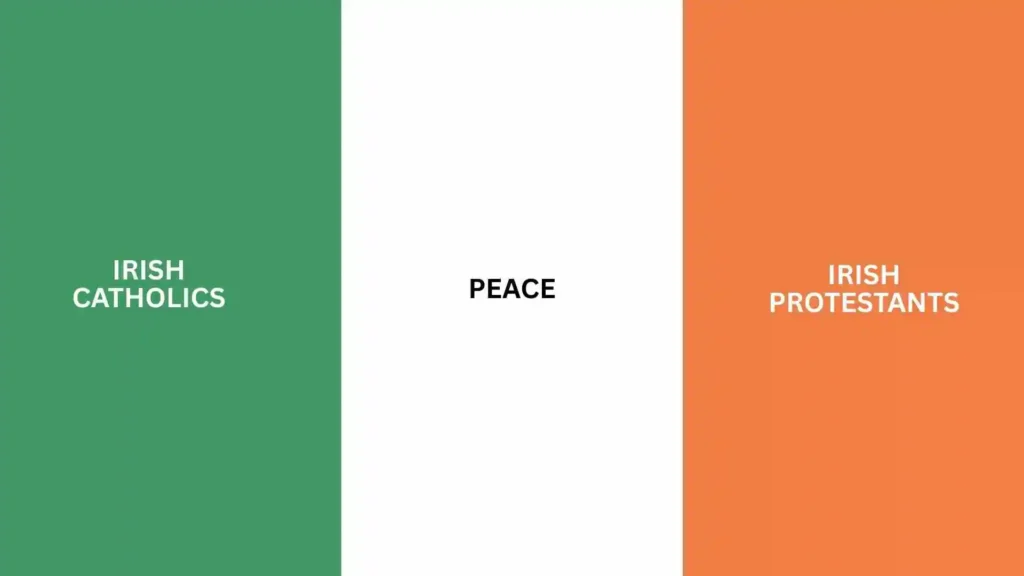
History of the Irish Flag
Now, let’s have a look at the history of the Irish flag. The flag was first hoisted in 1848. It was a young Irishman, Thomas Francis Meagher, who introduced it. He got inspired by the French tricolour. He recognised how colours could inspire workplace unity. He wanted the Irish flag to do the same. The flag would show itself during the Young Irelander Rebellion. Later, during the 1916 Easter Rising, it again rose as a symbol of resistance and national identity.
The flag was adopted officially in 1937. This happened when the Irish adopted the Irish Constitution. From then on, the flag became a part of the country’s legal identity. While it might seem like a political statement at the time, it signified the beginning of a new era of freedom and self-rule. The use of the flag’s colours developed and became an expression of national pride in daily life. Each flag hoisted evokes the journey towards Irish sovereignty.
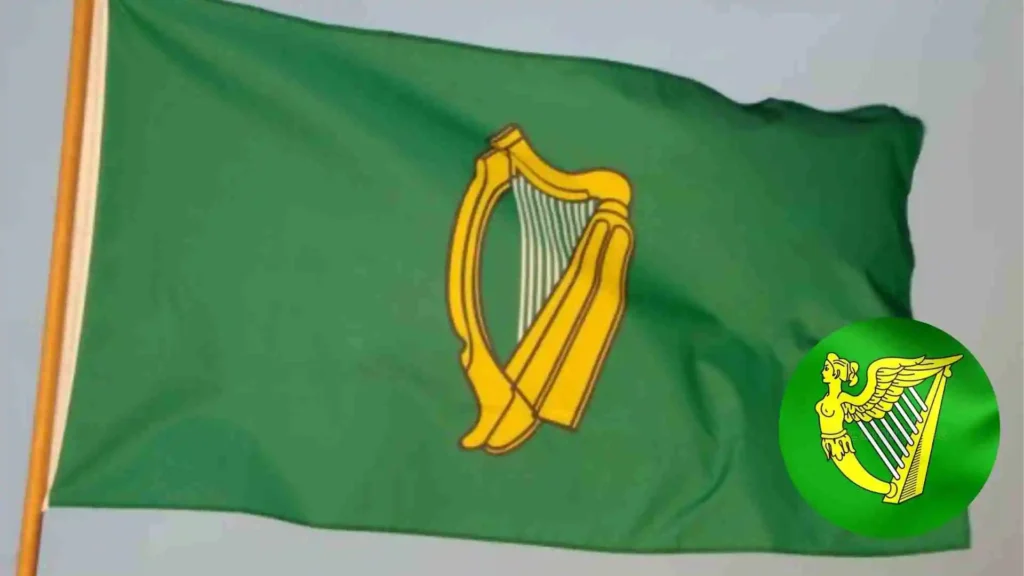
Misconceptions and Cultural Evolution
Many people think of green when they think of Ireland. However, this has not always been the case. Long ago, blue was also associated with Ireland. Green won out eventually. Green represented Irish nationalism. Eventually, green became the dominant colour of the people.
However, there are still people who misorder the stripes and put orange first. That is wrong. The order is green, then white, then orange. One could think that these errors are trivial, but there is no doubt that it changes the meaning of the flag. Knowing the order of the colours is a part of respecting the flag. Even in Ireland, public education is continuing to clarify the flag’s meaning also. The message of unity needs to be repeated again and again.
The Irish Flag in Modern Ireland
Today, the flag is visible throughout our lives. It flies high on public buildings and waves at international sports events. People proudly wear it on national holidays, such as those celebrated during the June Bank Holidays 2025. It’s represented in parades, protests and flags. The flag signifies pride and parity. On St Patrick’s Day, the flag is seen at green-themed events.
But the orange and white should not be forgotten. After all, they complete the meaning. So then what does the Irish flag mean today? It represents unity in diversity and a shared identity expressed through rich traditions, including unique Irish expressions. Generations grow up under this flag. It teaches them peace. It encourages cooperation in a shared land.
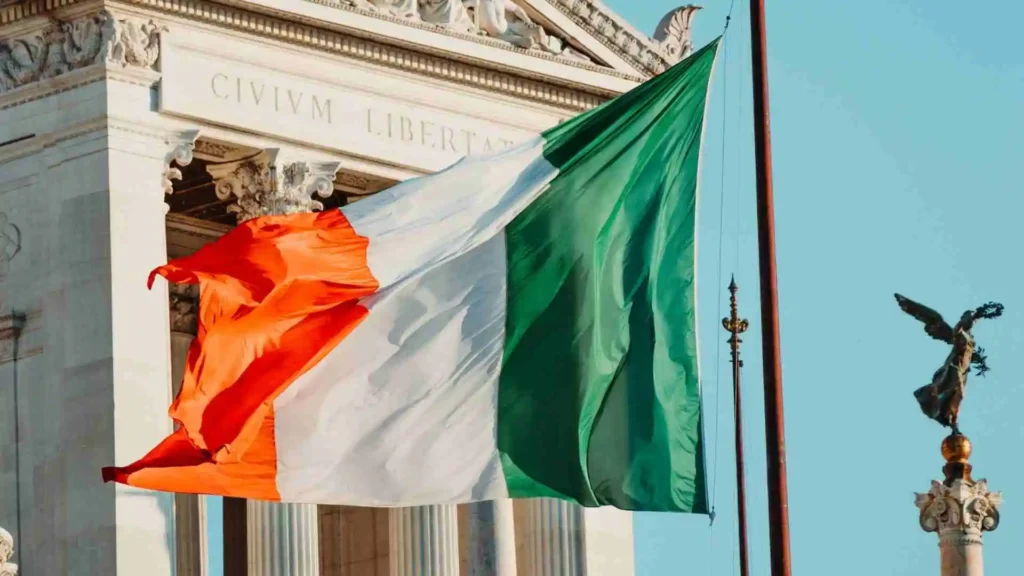
Respect and Protocols
Respecting the flag is important. There are official protocols.
- It must never touch the ground.
- When other flags fly together, the flag must be in the honoured position above the rest of them.
- A worn flag must be disposed of properly.
- It is worse than a mistake to fly the flag upside down, it is understood as disrespect.
The guidelines regarding proper flag etiquette indicate that the flag is sacred. The flag is not just a piece of cloth; it represents people and their struggles. Civic education programmes emphasise flag etiquette. Schools teach the importance of showing respect for the display of the flag.
Conclusion
The Irish flag meaning is straightforward. It represents much more than national pride. It is a call for peace. Green and orange represent a diverse Ireland. White is the avenue to bridge that divide. It represents unity. So when you see the flag, take a moment to think about it. Ask yourself, what does the Irish flag stand for?
The meaning of the Irish flag continues to guide the Irish people. It connects the past to a view of our future. It tells the world what Ireland stands for. The meaning of the Irish flag is not just about the colours, but the hearts of those who believe in peace.
FAQs
LATEST NEWS
DISCOVER MORE


